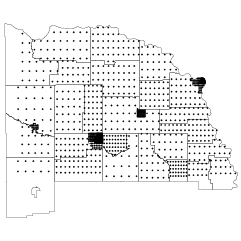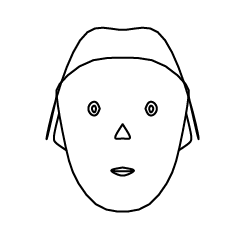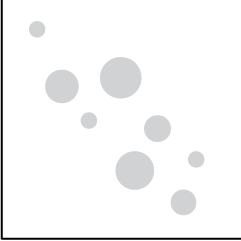Amanda Cox from the New York Times was on the Data Stories podcast. You should listen. She talks about how she uses R, workflow at the New York Times, and some of her favorite projects.
I listened while picking up my son from daycare. I hope some of it seeps into his consciousness through osmosis.
One note. In the beginning Amanda talks a little bit about how she got started. She was a statistics graduate student getting tired of the theory side of things. Her program didn’t look at a ton of data in the first year, which led her to the New York Times, a placed aimed at practicality.
However, no surprise, it varies a lot by program. For example, the UCLA and Berkeley statistics departments get you looking at data early on. I haven’t taken a course in years and am far removed from academics, but I only imagine it’s more true with the whole data science field evolving into a real thing.

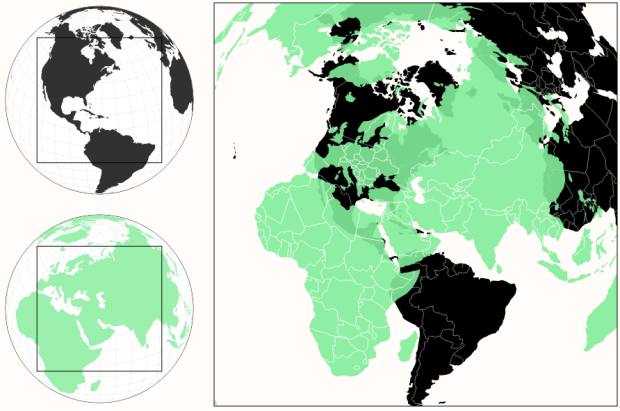
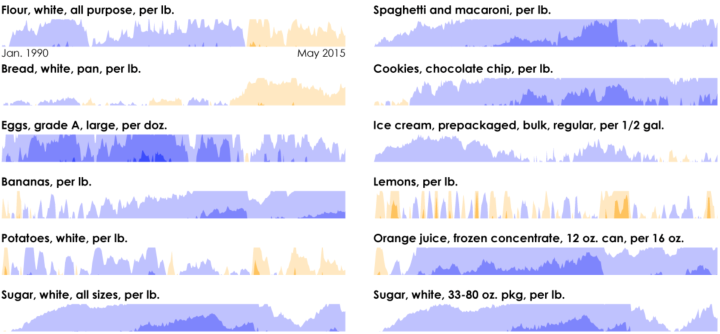
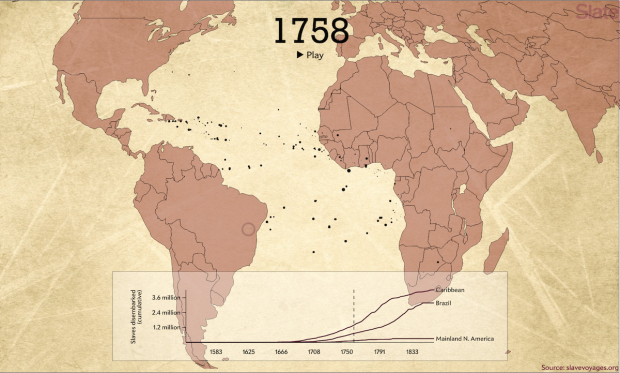



 Visualize This: The FlowingData Guide to Design, Visualization, and Statistics (2nd Edition)
Visualize This: The FlowingData Guide to Design, Visualization, and Statistics (2nd Edition)




